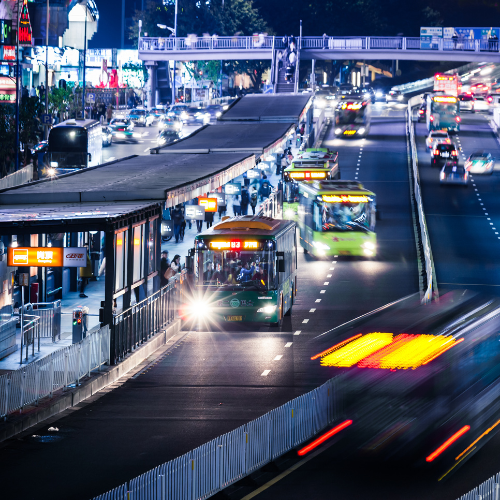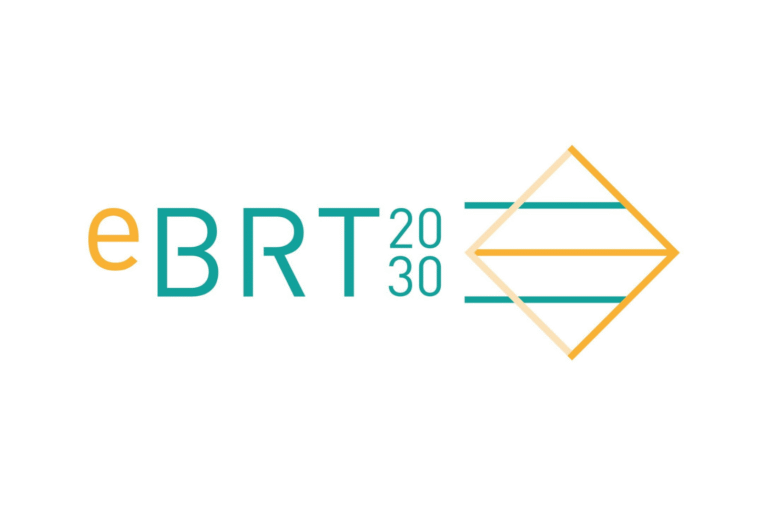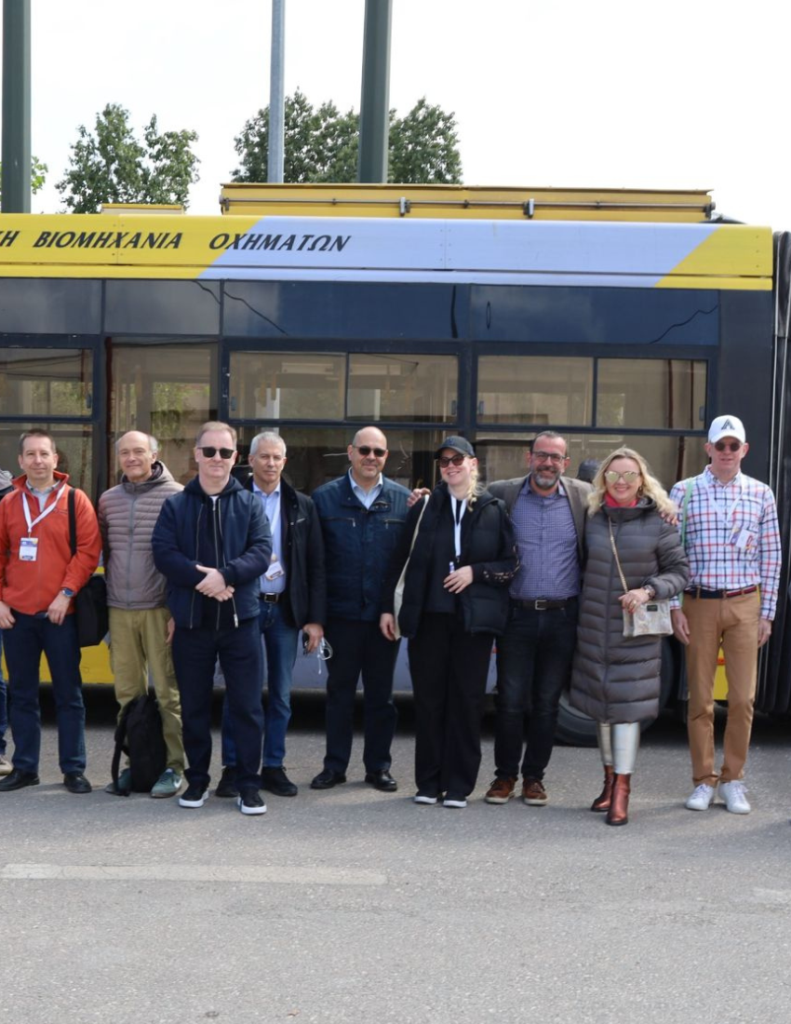5 Advantages of BRT Buses
Discover five ways BRT is transforming the bus! BRT is a modern, climate-friendly mass public transport solution.
Bus Rapid Transit
BRT is a key transport innovation helping cities transition to sustainable mobility. And it is global – advancing BRT at UITP means supporting 35 millions of daily passengers all over the world.

© IStock – wonry
Discover five ways BRT is transforming the bus! BRT is a modern, climate-friendly mass public transport solution.
Explore a roadmap from the eBRT2030 project on how to implement state-of-the-art BRT in a European context.
Read insights from the CEOs of public transport operators in two pioneering BRT cities: Curitiba, Brazil and Dakar, Senegal.
Bus Rapid Transit: it’s in the name! BRT is both fast to implement and fast for passengers. And it is growing fast too. In 2000, 25 cities had BRT systems. Today that number is closer to 200.
Since the first system launched in 1974, BRT has been a significant innovation for buses. It is high-capacity, accelerates electrification, supports multimodality, and drives transit-oriented development.
In short, BRT builds better cities. And BRT is vital to Latin America and Asia-Pacific; two regions home to over half of all BRT networks.
To celebrate 50 years of BRT, UITP gathered the public transport world in its home of Curitiba, Brazil. And for the next 50 years, UITP will continue to advance BRT to make mobility more accessible and sustainable worldwide.

UITP coordinates and collaborates with operators, authorities, industry, and international organisations on a number of research projects.


As a UITP Member, you can become eligible to join committees and working groups and collaborate with operators and authorities on advancing public transport.
Current groups:
